Everyone knows that there is the Arctic Ocean. Do you know what the South Ocean is?
Author:Institute of Physics of the Ch Time:2022.07.27
In addition to the Pacific, Atlantic, Indian Ocean, and Arctic Ocean, in the world, there is actually a "fifth largest ocean" -nonaba Ocean. Although there is still controversy in the academic circles, this area surrounded by Antarctica but there is no obvious geographical barrier with other oceans. There are many unique things.
The South Ocean Climate is unique, and various marine creatures based on shrimp and whales form a unique ecosystem here. At present, it is greatly affected by climate change, and it is also a relatively strange sea area.
How many oceans are there in the world? So what exactly is the basis of the South Ocean?
Welcome to the South Ocean (South Latitude 60 degrees south)
(Figure: wiki@APCBG) ▼
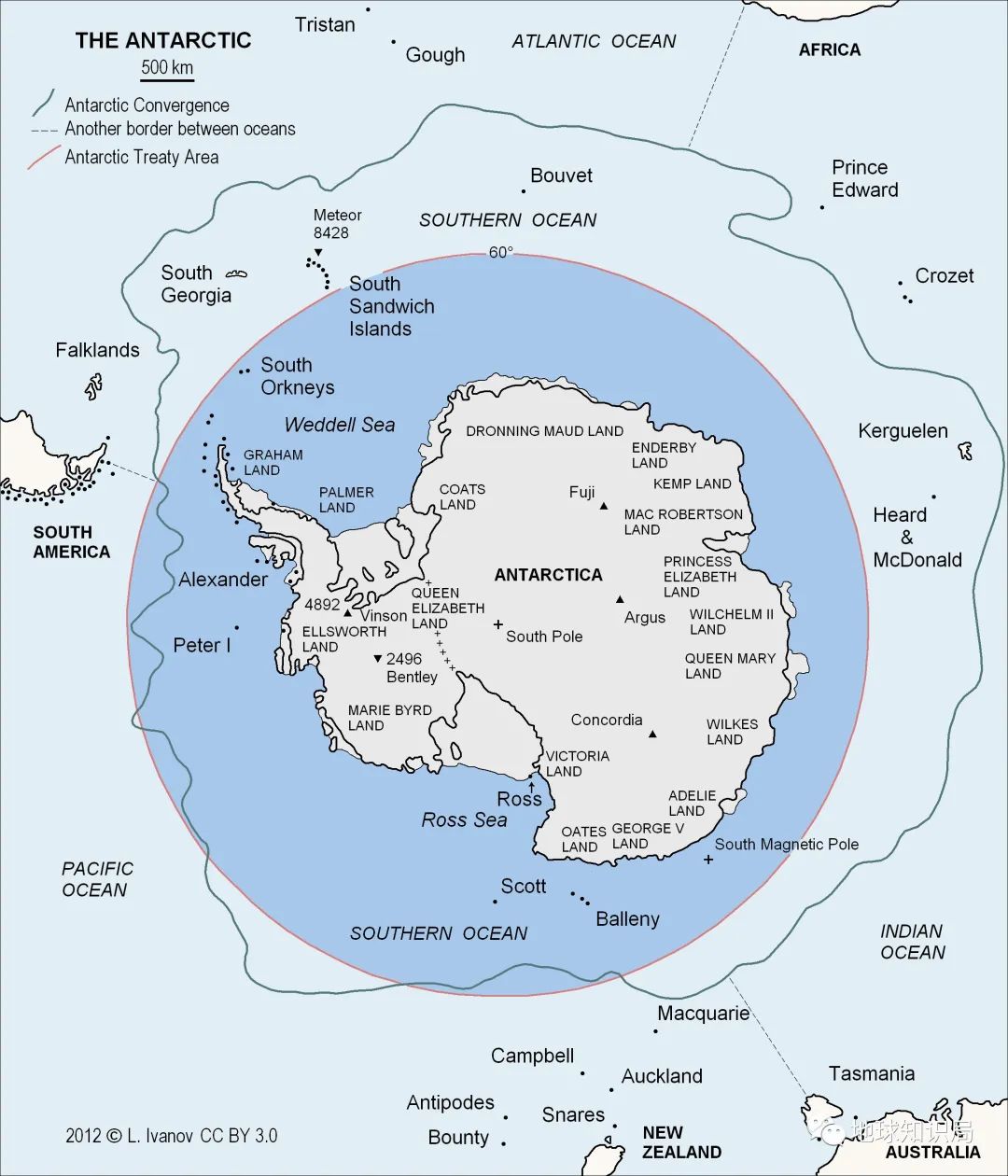
Several oceans
After human beings have a basic understanding of the world's sea and land distribution, there have never been a few arguments about the ocean in the end. Starting from different classification standards and positions, it can be roughly divided into one, three, four, and five different cognitions.
On the earth, the earth is surrounded by the land
Most of the waters are connected to each other
So to say that there is only one big ocean on the earth (sliding below) ▼

There are not completely isolated from land between the oceans of the earth, and all the oceans are actually the same sea. At the same time, we cannot regard the huge ocean wrapped on the surface of the earth as a water in a giant water tank. Because it is not a static water, but under the comprehensive influence of temperature, density, salinity, marine surface climate, wind and sea flow, ocean flow, etc., carry salt ions, nutritional salt, dissolved gas, calories, calories, heat The source of life that never stops with suspended substances.
The sea that has been around (the Caribbean Sea, South China Sea) ▼

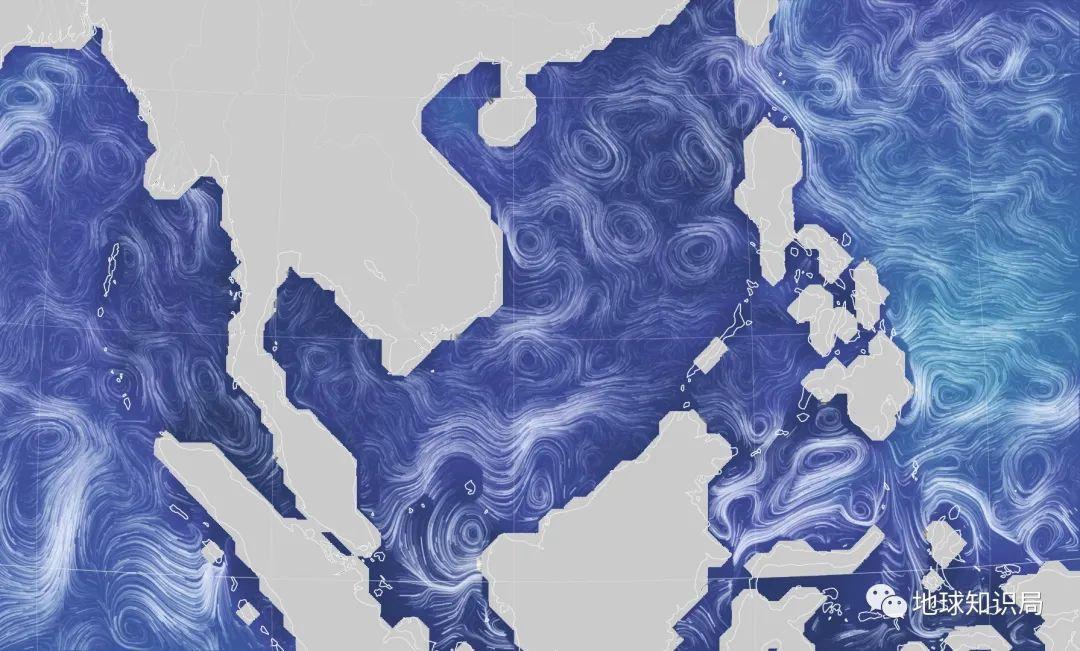
The changes in the salinity temperature will bring changes in the density of the seawater. The density of the water group will sink to form a decline area, bringing the surface water rich in oxygen to the depths of the ocean to bring precious oxygen to deep sea animals.
The rising low -density water group will form a rising area, bringing nutrient salt to the surface layer of the sea, and nutrient salt will be used as nutrients, promoting the growth of plankton, and increasing the oxygen content of surface water. The sea water deep in the ocean may slowly rise in a thousand years, return to the surface to complete the cycle of life.
Earth surface seawater salinity distribution
It can be seen that the distribution of surface salt is not uniformly distributed between sea areas
Among them, the highest salinity is "more closed waters" like the Mediterranean
And the salinity around the sea in the Antarctica is really close
(Figure: wiki@plumbago) ▼

Because the water body within the ocean is not static, there is also a water body and an ocean flow between the ocean, so there are several definitions of the ocean that have been changing.
There is almost no land between 50 degrees south of the south latitude and the Antarctic circle. The ocean other than the Arctic Ocean is connected here, and there are frequent water switching between the oceans. Because of this, Russian marine scholar Yuli Mikhailovich Shakacisky (юлий михайлович шокальский) proposed the concept of a world ocean in the early 20th century.
In this very wide southern waters
The Pacific, Indian Ocean, and Atlantic Ocean are integrated
From another perspective, it is a world ocean that surrounds the South Pole to the north
(Figure: Shutterstock@Anton Shahrai) ▼

"World Ocean" centered on Antarctica
(Color represents the surface temperature of the ocean)
(Figure: shutterstock) ▼
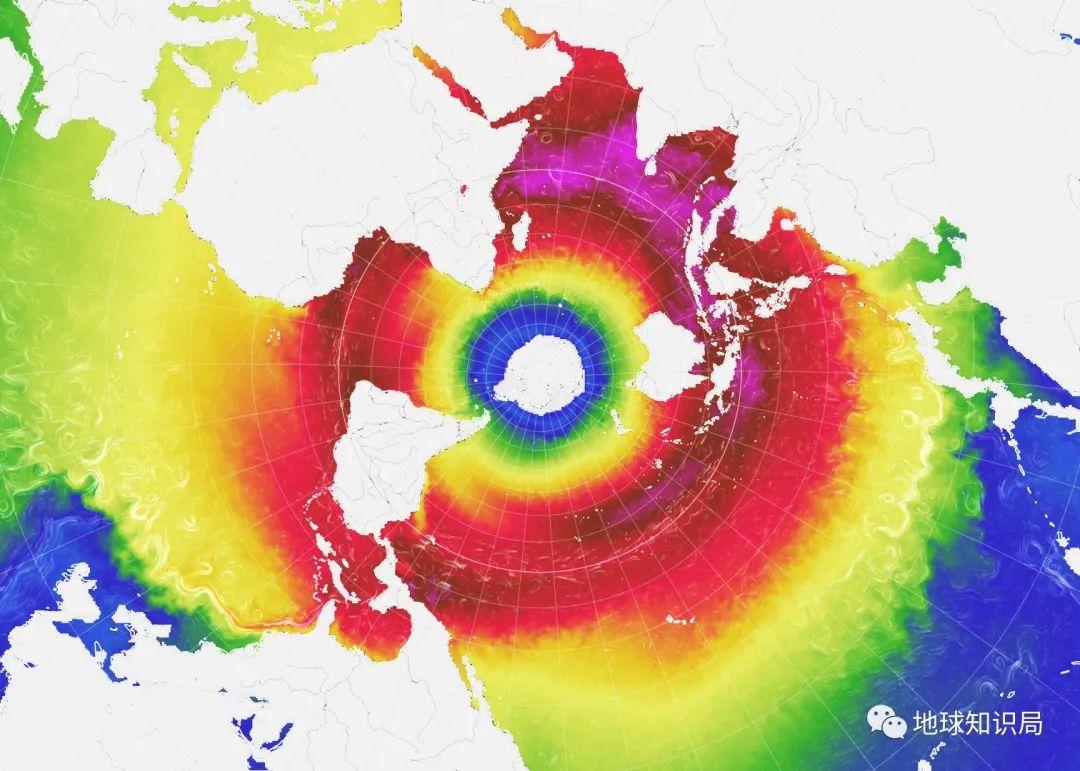
On the other hand, the distribution of land divides the ocean into a relatively independent part. Therefore, the three major foreign doctrine consisting of the Pacific, Indian Ocean, and Atlantic Ocean. Because the Arctic Ocean only accounts for 4.2%of the global ocean area, the sea area is connected with the Atlantic Ocean, and a large number of ocean flows shuttle between the two oceans, so they are regarded as part of the Atlantic Ocean in the three major oceans.
On the side of the Pacific Ocean is the narrow Bai Ling Strait
On the side of the Atlantic Ocean is the vast Norwegian and Greenland Sea
Therefore, someone regards it as part of the larger Atlantic Ocean ▼
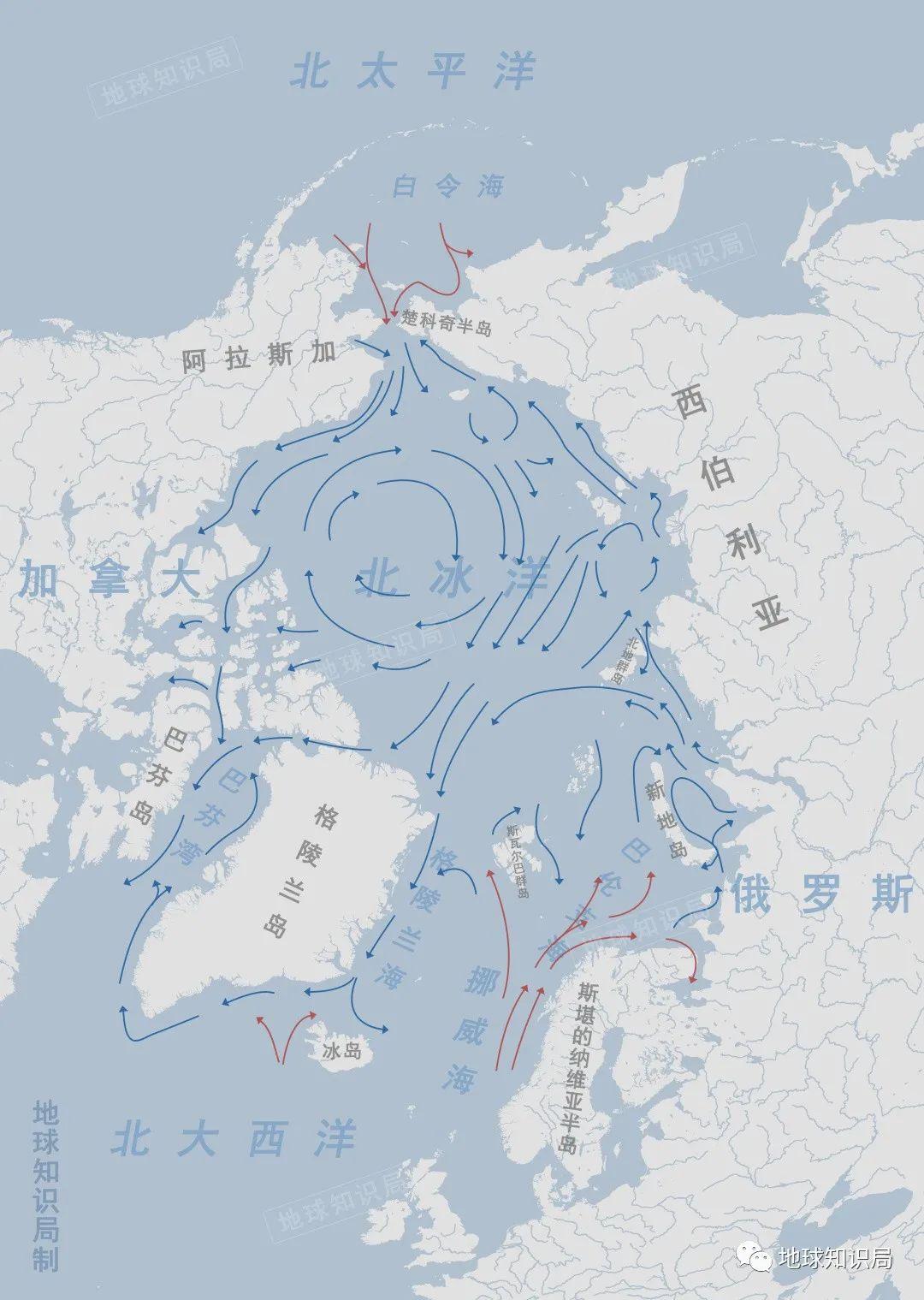
More marine scholars regard the Arctic Ocean as an independent ocean. Unlike the Atlantic Ocean, it is covered by one -third of the sea area. It is the widest ocean of the mainland shelf. They are different from the North Atlantic and have their own unique ecosystems.
On the depth of the ocean, the Arctic Ocean is the shallow, not even far less than that of the Southern Ocean
(Figure: Photo from pixabay) ▼
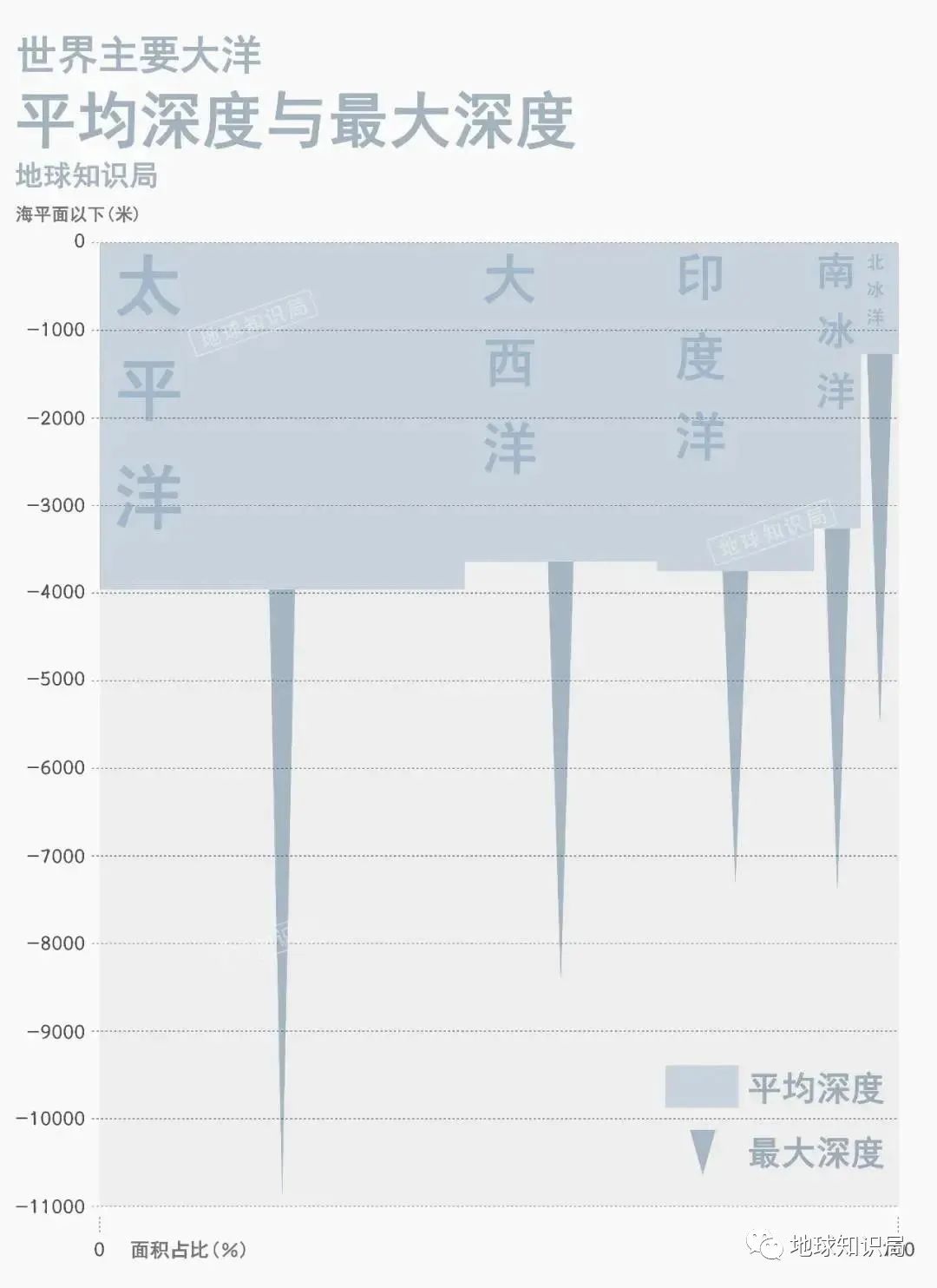
In the 1950s, relevant scholars began to realize that there were 1-3 kilometers above the bottom of the ocean basin in the middle of the ocean, and the top water depth was 2-3 kilometers.
In the early 1960s, the "Underwater Expansion Doctrine" was proposed, and the doctrine believed that the ocean mid -ridge was the place where the new crust was born. Is there a spine that has become one of the criteria for judging whether the ocean can be regarded as an ocean alone.
If the existence of seawater is ignored, the terrain of the sea and land is actually the same as the land.
There are also plain, hills, basins, mountains, mountains
The ocean mid -ridge is actually the largest continuous mountain range
(Slip the picture below, figure: wiki) ▼

This standard supports the division of the four major ocean views, namely the Pacific, Atlantic, Indian Ocean, and Arctic Ocean. At the same time, the division of the four oceans is also the most important view of people's past cognition of the past.
The most familiar way to divide people for a long time
The waters around Antarctica were divided into the Pacific, Atlantic, and Indian Ocean (Figure: noAA) ▼
Discovery Nanyang
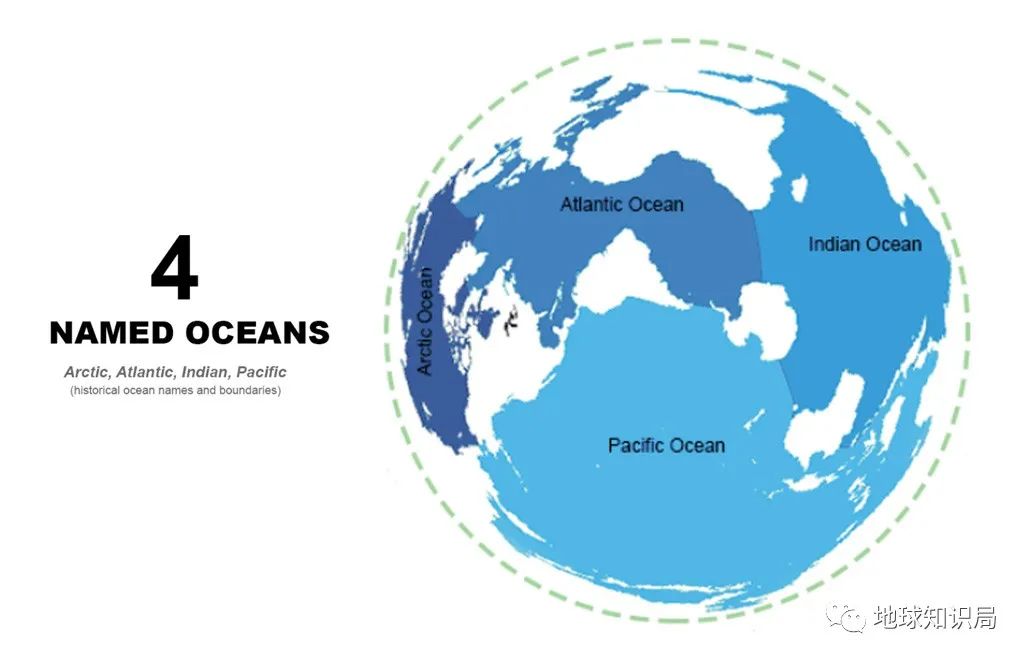
Taking the South Ocean as the Fifth Ocean is not a new idea that has only appeared in the near future. Early explorers came to the South Ocean and could intuitively feel its special features.
This sea area originated from 30 million years ago. At that time, Antarctica finally split with South America, forming a vast sea area around Antarctic.
The most independent mainland in the world
(Figure: wiki@dave page) ▼
It is distributed between 35-65 degrees north and south latitude, which is highly reunited with this wide sea area. The strong western wind blows the seawater of the South Ocean Ocean, forming an ocean flow that flows from the west to east. This is the drifting of the west wind. It is obviously the prerequisite for the formation of western wind drifting around the earth.
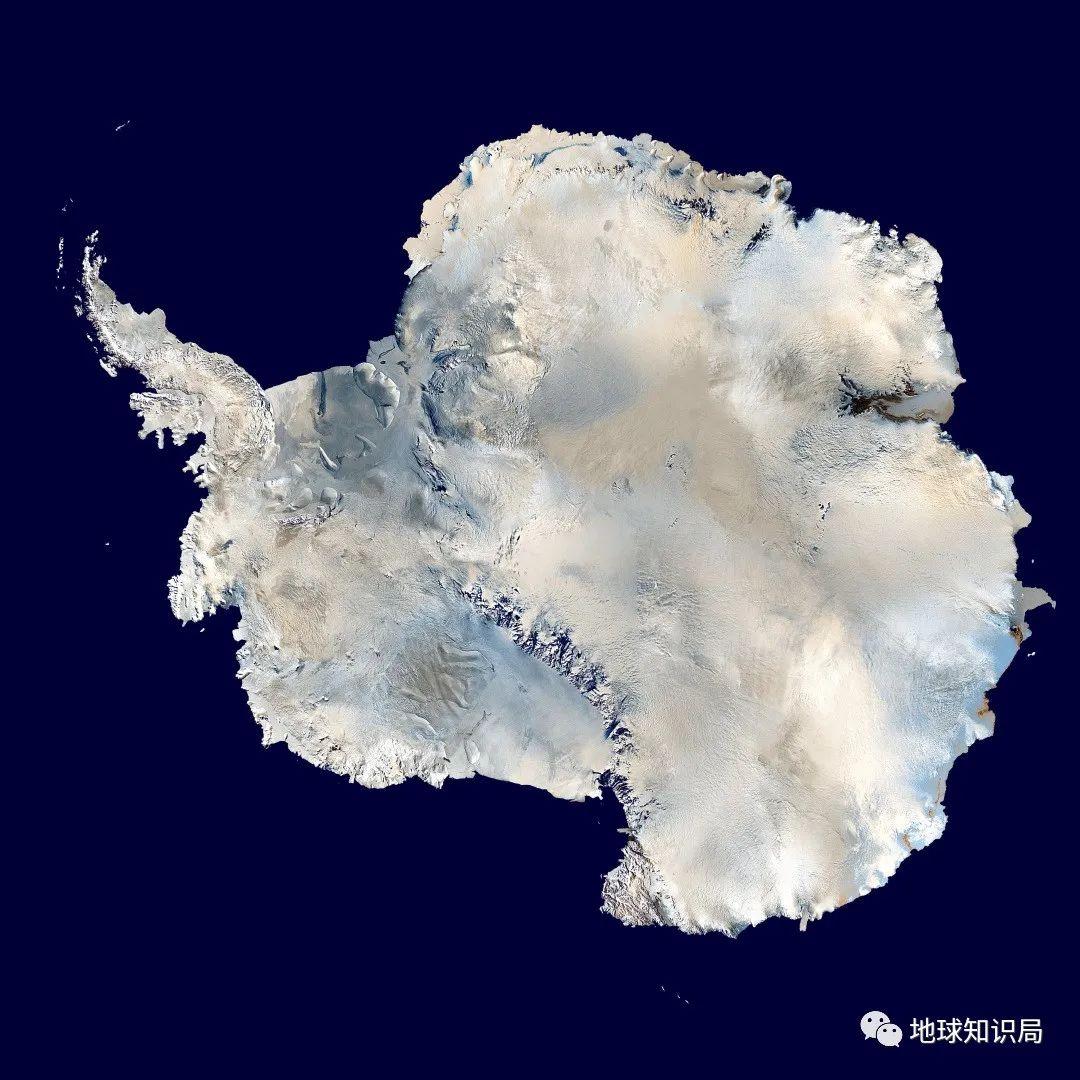
On the other hand, the melting and seasonal changes of Antarctic Glacier have caused changes in temperature and salinity in the seas near the Antarctic continent, thereby bringing the density difference between the coast of the Antarctic coast and the exterior sea, and forming a ground from west to east. This is also an important reason for the formation of Antarcticia.
Own around the Antarctic Drifting one after another ▼ ▼
The Ocean flow of Antarctica is estimated to have a history of about 34 million years. The cold seawater of high -speed exercise makes the ecology of the South Ocean so unique and provides unique habitat for thousands of species. So that in such a bitter and cold place, a unique and diverse ecosystem has been formed.

Sea water oxygen content is the key resource of marine ecology
And the amount of soluble oxygen in cold water is higher than that of warm water
This is an important condition for the prosperity of the North and South Pole Marine Ecology
(Figure: wiki@plumbago) ▼
In the 1970s, Captain Cook, an explorer, first discovered the flow of the Antarctic Ring. The harsh climate of the polarity makes the Antarctic scientific research slow, but subsequent explorers are impressed by the unique ecology and environment here. Loen the ocean as a relatively independent ocean.

The South Ocean Swimming Pool, super large!
(Figure: shutterstock@pixuberant) ▼
After the International Conference on July 24, 1919, the International Sea Measurement Organization (IHO) defined the scope of the South Ocean as the south of the three continents of Africa, South America, and Oceania.

However, the South Ocean is not separated from the other mainland with other oceans. The south Ocean does not have its own independent sea basin. Its sea basin is composed of the Pacific Indian Ocean and the sea basin in southern Atlantic Ocean. This has led to a huge controversy in how to define the border of the south Ocean. Therefore, the scope of the South Ocean continued to shrink. From 1952 to 2002, IHO no longer even gave a unified South Ocean.
The boundary of the South Ocean Ocean constantly shrinks south
The last one is probably your own "basic disk"
(Sliding below, reference: wiki) ▼
With the advancement of science and technology in recent years, human beings have improved the degree of understanding of the Antarctic continers and the Antang Ocean, but the conclusions are not optimistic. The local temperature growth rate of the Antarctic and the South Ocean is much higher than that of the global average growth rate. From the perspective of foreign flow and biodiversity, the South Ocean has begun to be recognized by more and more countries and organizations.
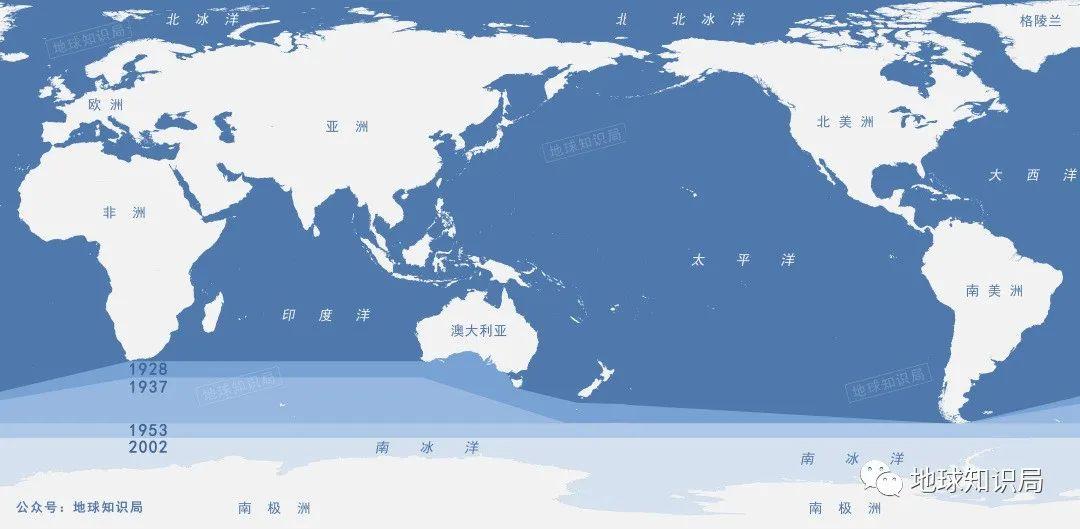
After all, this ozone layer is also quite large
(Figure: NASA) ▼
The abundance and crisis of the South Ocean Ocean
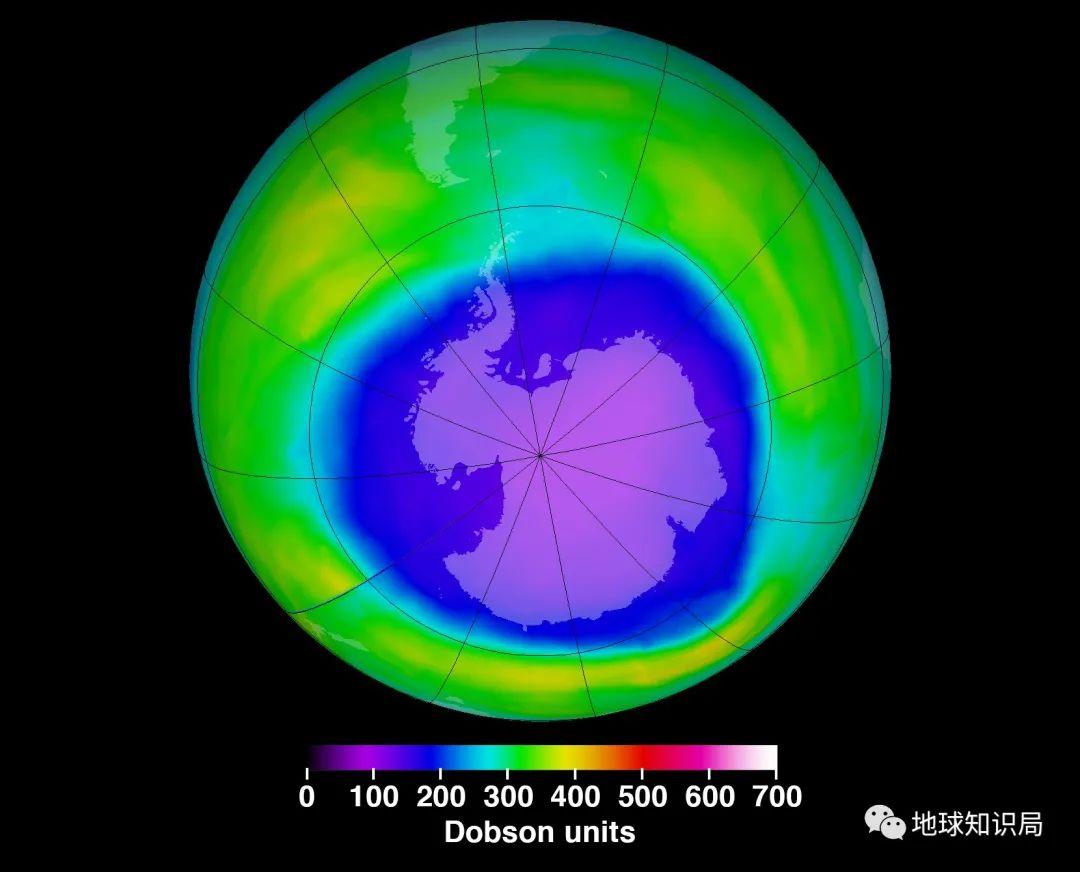
Prawn is the basis of the Sumi Ocean Ecosystem. There are a total of 85 kinds of shrimp in the world, and there are seven to eight types of people living in the South Ocean. Generally, the phosphate that is mentioned is a great phosphorus. Although the names are large, their body length is actually only about six centimeters, and the weight is only two grams.
Antarctic shrimp is shrimp -like vertebrate
It is the most important bridge species in the entire Antarctic ecosystem.
(Slip the picture below, Figure: one picture network) ▼
Whenever the summer of the south Ocean is approaching, the phosphate will quickly enter the mature period. In order to avoid small predators, they will be regional distribution. Small to fish, squid, seabird. Asleep to seals and Subsmus, the phosphates of shrimp are used as an important source of food. It is the huge total biosphere of phosphate supporting the ecosystem of the Antarctic.

The general distribution of shrimp in Antarctica
(Figure: https://link.springer.com/chapter/10.1007/978-319-29279-3_2) ▼ ▼ ▼ ▼ ▼ ▼ ▼ ▼ ▼ ▼ ▼ ▼ ▼ ▼ ▼ ▼ ▼ ▼ ▼ ▼ ▼ ▼ ▼
The relationship between phosphate and the beard whale is particularly close. The interaction between the two is the basis of the soreland ecosystem. The phosphorus is eaten with the surface of the ocean surface layer, but the distribution of scales is not just the marine surface. Various types of whales will dive into the range of shrimp distribution, consume phosphate and float. The whale's feces are rich in iron and nitrogen, which has become a nutrients for plankka and small fish and small shrimp. In order to complete the reincarnation of nitrogen and iron in the South Ocean Ocean Ocean.
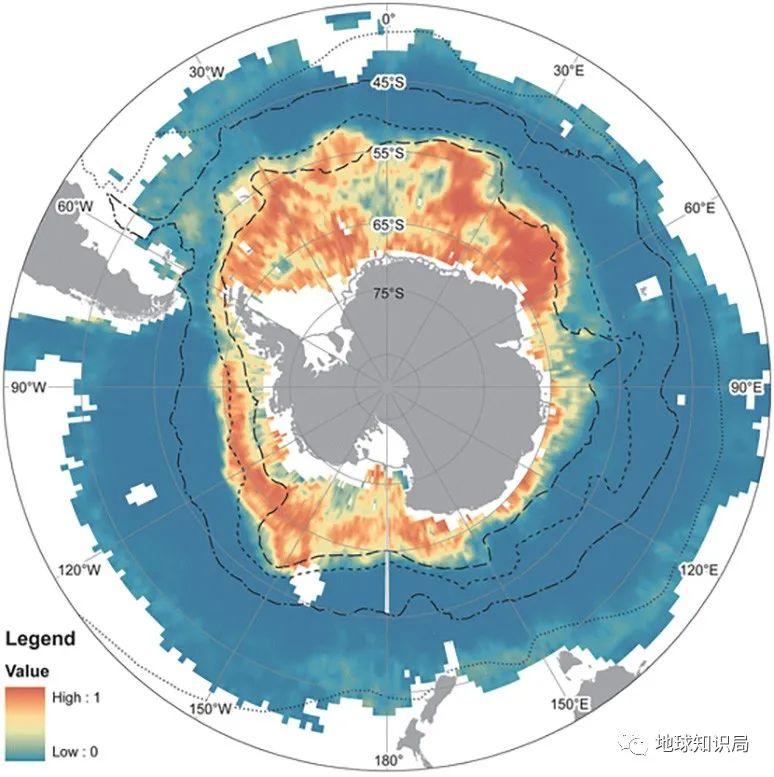
Although the phosphorus is small, the number is extremely large
As a key bridge for the South Ocean Links and other animals
His eating, excretion, and breathing can affect the marine chemical environment
(Figure: wiki-https://www.nature.com/articleS/s41467-019-12668-7) ▼ ▼
Beard whales chase phosphate, and humans chase the beard whales. In the 1930s, the whaling industry entered its heyday, and in just decades, a large number of whales were reduced. The short -term reproduction of shrimp phosphates, the decrease in plankton, and ecological imbalances, and the number of shrimp phosphorus has fallen. Whales are located at the top of the food chain, and the impact on ecological balance is still so far. If a large amount of shrimp is reduced, the Summer Ocean ecosystem will suffer a disaster. This huge silent animal and shrimp and floating creatures

It forms a very important balance relationship of the South Ocean Ocean
The relationship between the Southern Ocean Species is relatively simple, so it is also easy to be destroyed
(Figure: One picture network) ▼
With the changes in climate, the number of shrimp phosphates has been affected in recent years, and observation data has been significantly reduced. The estimation of the total amount of south Ocean phosphate is also getting lower and lower. From the expected expectations of 10 billion tons, it slipped to 10-20 billion tons in the 1960s, and the recent expectations further slipped to about 500 million tons.
Looking more, but the situation is getting worse, it's not enough
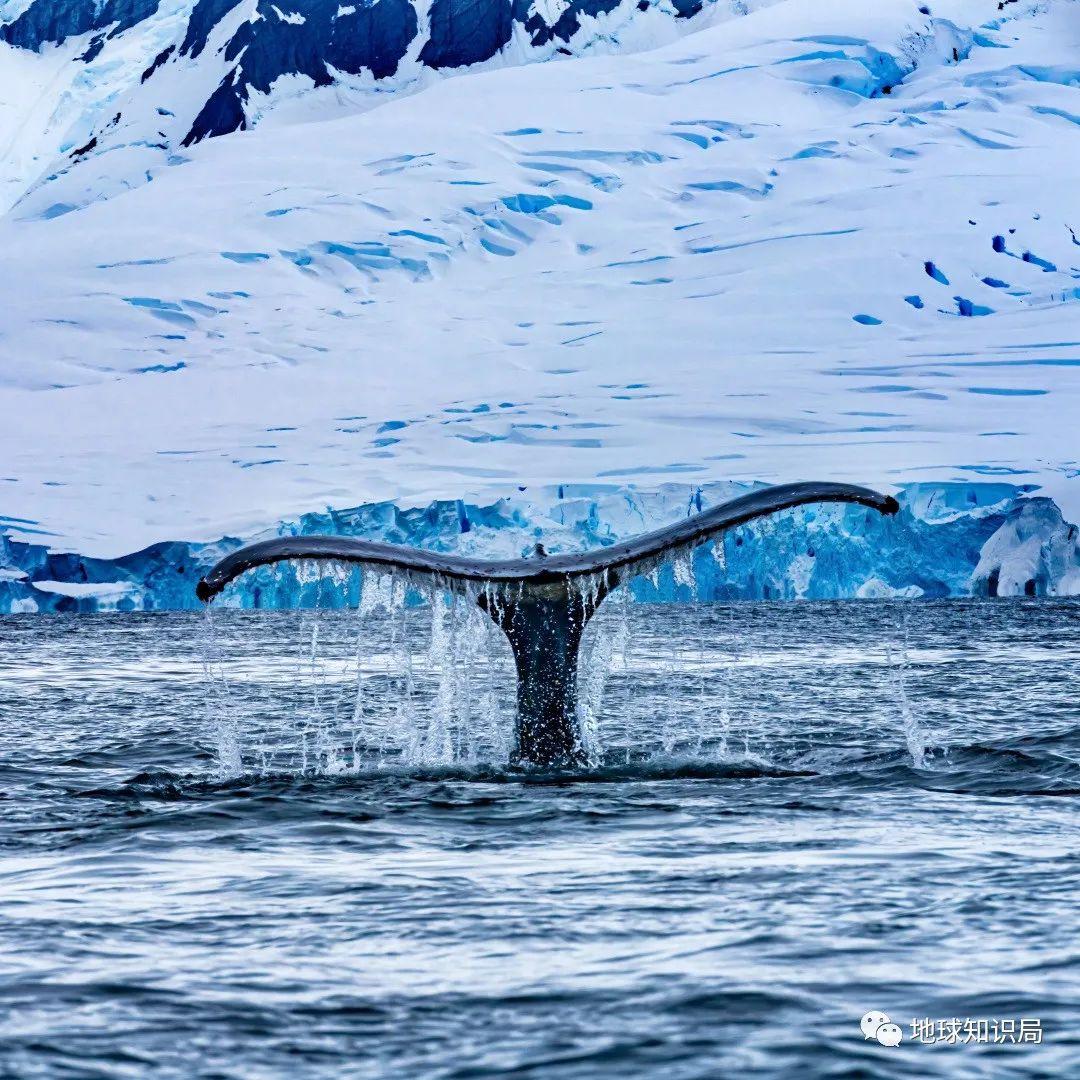
(Figure: One picture network) ▼
The more critical issue is that human understanding of the South Ocean is far from enough, and even how long the phosphate can live in a deep sea area and how long life span can be clear. The current lack of use value of shrimp, easy to be squeezed in fishing. It will rot quickly without treatment after fishing. After treatment, it tastes like rice. It is also a problem to remove the flavor of fresh shrimp.
Therefore, the current phosphate is mainly used to make salmon feed, or it is made into health care products. If you do not add restricted abuse of such fishery resources. It is likely to reproduce the disaster of many whales of the year.
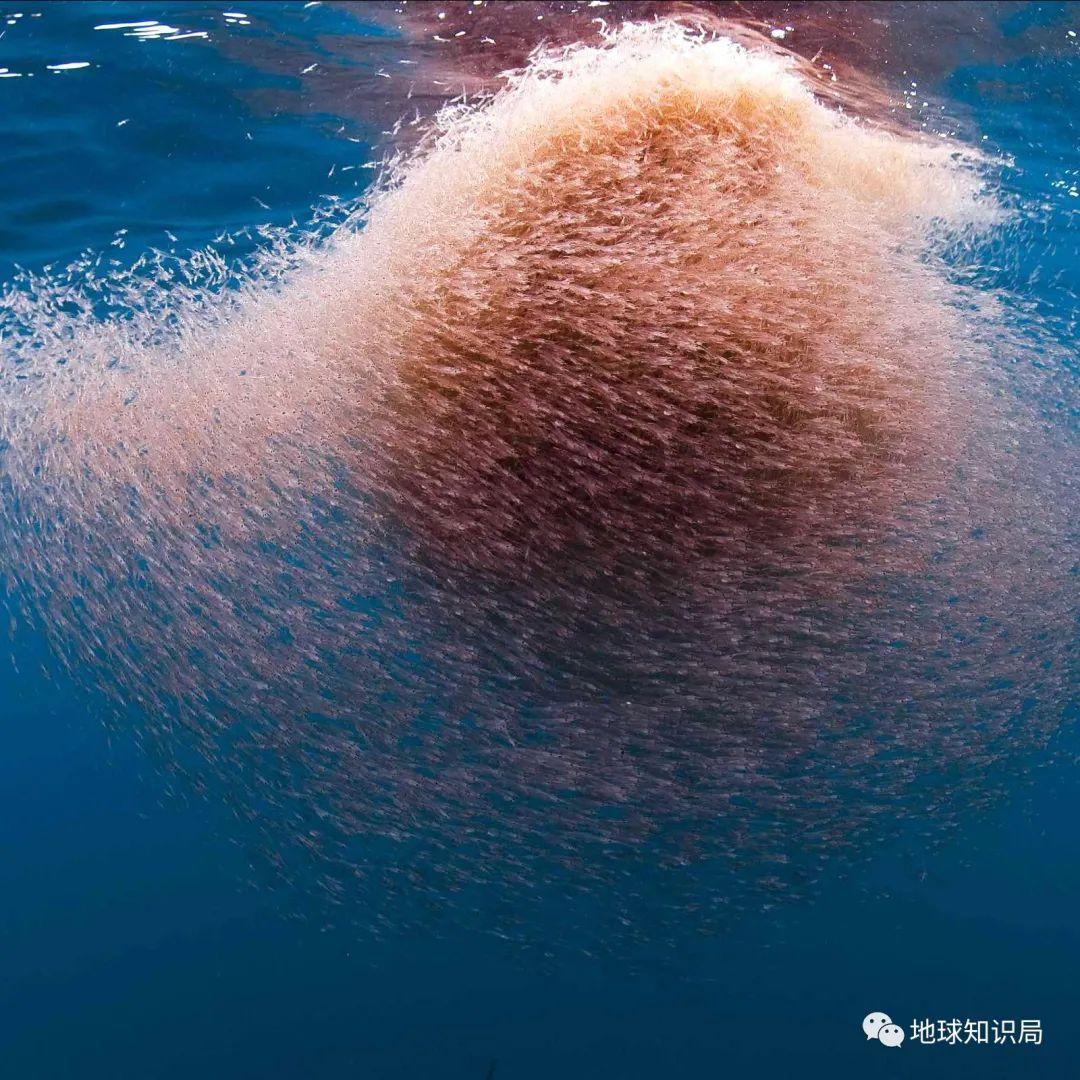
I can only feed salmon, and the status is not as good as shrimp skin ...
Too wasteful ecological resources
(Figure: wiki@judgeflor) ▼
The mysterious south Ocean, although the development potential is huge, the ecology is very fragile. This is probably the reason why this cold sea area attracts explorers and scholars to study repeatedly. The existence of the south ocean is also reminding humans that our understanding of the earth has not been used far. How human beings should define their environment and how to define their position in the environment. It still requires human thinking for a long time.
*The content of this article is provided for the author, which does not represent the position of the Earth Investment Bureau

Cover: shutterstock
Author: Sven's Fan
School draft: Gu Hanyu / Editor: Youzi
End
Reprinted content only represents the author's point of view
Does not represent the position of the Institute of Physics of the Chinese Academy of Sciences
If you need to reprint, please contact the original public account
Original title: What happened to the South Ocean?
Source: Earth Knowledge Bureau
Edit: Garrett
- END -
Early funding | Du Xiaoman responds to "deposit changes to wealth"; State Power Investment and Alibaba announced strategic cooperation

Du Xiaoman responded to deposit change financial management: no modification of re...
Where can I go under the summer vacation under the "double reduction"?Zhejiang starts high -tech enterprises to help "double reduction" science popularization public welfare operations

On July 6, the science and technology zero distance, popular science assistance 'd...